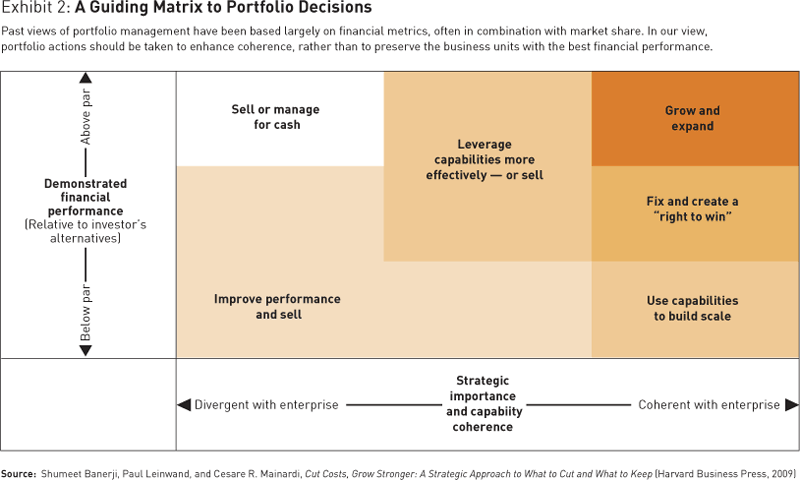In a HBR blog post, Scott Anthony asks What’s Stopping Innovation? Of more interest is his attempt to define what is innovation:
When I use the word innovation, I think of three interlocking components:
* Insight or inspiration suggesting an opportunity to do something different to create value
* An idea or plan to build an offering based on that insight or inspiration
* The translation of that plan into a successful business (in simple terms, commercialization)
The senior leaders I talk to believe that the bulk of their innovation challenges lie in the first two components. I suspect this is because the third piece looks like execution, and of course, large organizations know all about execution. And yet, my field experience suggests that it’s this third component, not the first two, that actually blocks innovation
As we have noticed several times (Invention vs. Innovation, CEOs want more creativity, BCG Innovation Study and Ideation Tools), lack of clear innovation definition leads to many incorrect conclusions about how and when to drive innovation. Furthermore, a unclear definition also leads to indeterminate metrics for innovation. Without clear metrics, it becomes difficult to measure innovation.
The author is quite right about execution preventing realization of the benefits of innovation. There have been many articles about open innovation and reverse innovation. However, implementation of innovation from outside the R&D organization (even a sister division of the same company) is fraught with not-invented-here problems. R&D managers need to be quite clear in their plans on benefiting from access to outside innovation.
Another problem I have seen repeatedly is lack of funding for converting innovative ideas or plans into delivered products. Many innovative ideas come from research arms of R&D organizations. There is always a tension because of researcher ideas that might impact funding for or sales an existing product line. In many cases, the innovative ideas suffer because of inherent risk and the clout of product managers. What have you seen?

